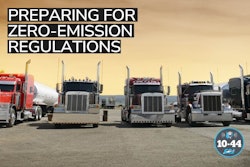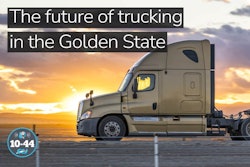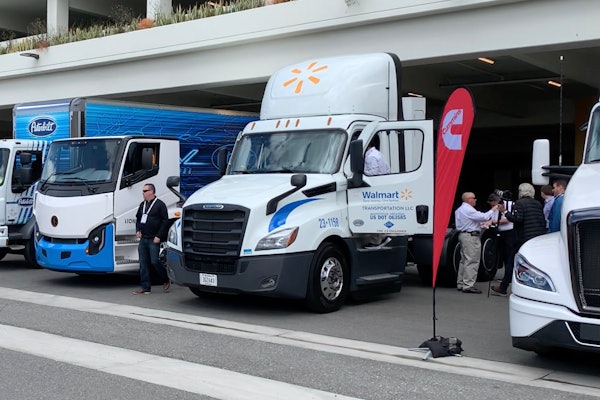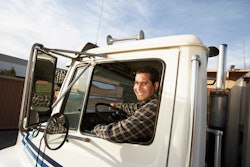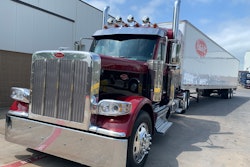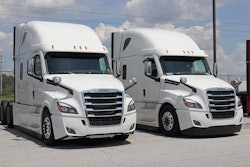The Truckload Carriers Association recently announced that it has joined with other stakeholders to found the Clean Freight Coalition. The aim of this coalition is to educate policy makers on the industry’s strong track record of collaboration in achieving meaningful emissions reductions. It also seeks to ensure that the transition to a zero-emission future is done the right way and does not imperil the nation’s fragile supply chain.
Over the past several decades, the trucking industry has cooperatively developed equipment that has reduced NOx and particulate matter emissions by 98%. In addition, the industry has voluntarily co-founded the EPA SmartWay program and assisted in developing the Greenhouse Gas rules that will reduce CO2 emissions by more than 1.3 billion tons. It would take 60 of today’s diesel tractors to produce the same emissions as one tractor built in 1988 – an amazing accomplishment.
Now, we are faced with an unprecedented ultimatum. The California Air Resources Board, with the blessing of the U.S. Environmental Protection Agency, has issued a rule that would mandate zero-emissions vehicles in heavy duty truck applications. Numerous states have stated their intent or interest in also adopting this strategy. In studying this rule, it has become clear that there are some serious challenges ahead.
We all want clean air and clean water. As an industry, we have proven our commitment to those outcomes. But these new rules require the rapid development of technology that is not quite ready for primetime.
Here are a couple of the challenges related to the most likely near-term solution which is battery electric vehicles (BEVs):
Cost. BEVs are generally running three times the cost of a diesel tractor. Incentive funds will only be available for a small fraction of the tractors required to comply with this rule.
Range. Current BEVs are significantly limited on range and are typically running between 100 and 200 miles, far short of the requirements of the truckload industry.

